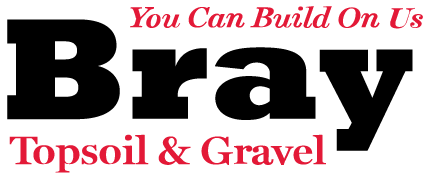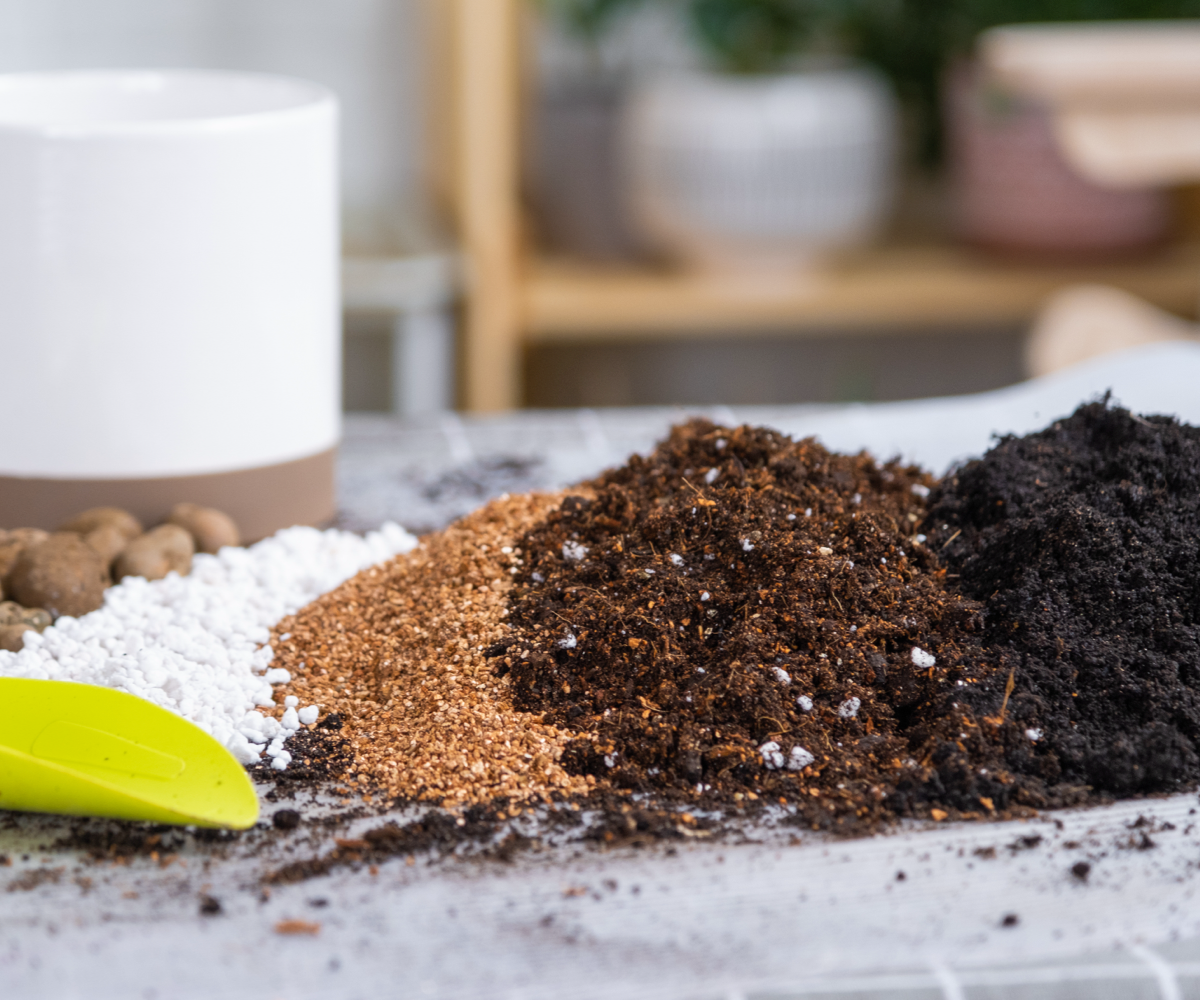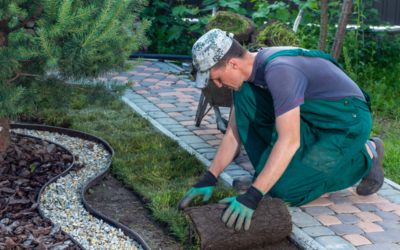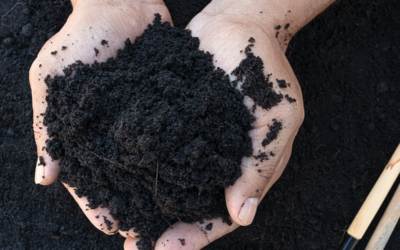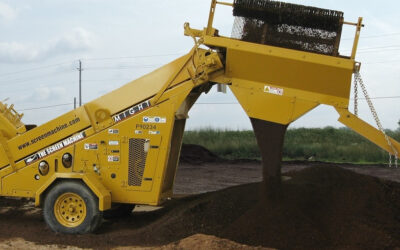If you’re planning to start a garden or landscaping project, one of the most crucial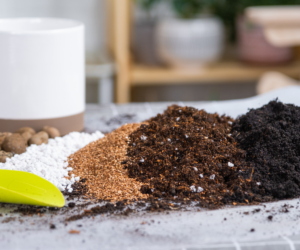 things to consider is the type of topsoil you’ll use. Topsoil is the uppermost layer of soil that supports plant growth and contributes to soil health and fertility. Various types of topsoil exist, each with its unique properties and benefits. In this guide, we’ll explore the different types of topsoil and their benefits to help you make an informed decision.
things to consider is the type of topsoil you’ll use. Topsoil is the uppermost layer of soil that supports plant growth and contributes to soil health and fertility. Various types of topsoil exist, each with its unique properties and benefits. In this guide, we’ll explore the different types of topsoil and their benefits to help you make an informed decision.
What is Topsoil?
Topsoil, also known as humus, is the uppermost layer of soil that supports plant growth and contributes to soil health and fertility. It contains organic matter such as decaying roots, animal waste, fungi, bacteria, and other microorganisms that help break down minerals into smaller particles that plants can absorb.
Types of Topsoil
- Chalky Soil – Chalk-based soil is difficult to work with. Its rocky nature resists compaction, and the soil warms up quickly in the summer, making it ideal for growing alkaline-loving plants.
- Clay Soil – Clay-based soil is heavy, difficult to work with, and made up of small particles with spaces between them. It holds a high amount of water, drains slowly, and takes a long time to warm up in the spring and summer. It is commonly found along the floodplains of rivers and streams or on the bottoms of ponds and lakes.
- Peat Soil – Peat soil is soft, easily compressed, and rich in organic matter. It is derived mostly from plant material and has accumulated under conditions of waterlogging, oxygen deficiency, high acidity, and nutrient deficiency. Peat soil is best for root structure and ability to hold water, providing essential compounds and minerals to crops, and improving soil aeration.
- Loam Soil – Loam soil is one of the healthiest soils to grow plants in. It has a rich, dark brown appearance that feels moist and can often be clumped into a crumbly ball. Loam soil consists of 20% clay, 40% silt, and 40% sand, making it ideal for general gardening purposes. It holds moisture and nutrients, provides a superior habitat for microorganisms, and allows water and air to move freely.
- Sandy Soil – Sandy soil is dry and gritty to the touch, with particles that have large spaces between them, making it prone to losing water and nutrients. It is commonly found further beneath the ground than other topsoils. Sandy soil is good for ground drainage, cultivating a large area of ground, and providing space for root growth.
- Silt Soil – Silt soil is similar to sandy soil when dry, but its particle sizes are much smaller. It is soft to the touch and is best for general-purpose gardening, such as levelling lawns and growing plants and vegetables.
Benefits of Topsoil
- Supports Plant Growth – Topsoil is essential for plant growth. It contains nutrients, organic matter, and microorganisms that help break down minerals into smaller particles that plants can absorb. Topsoil also helps retain moisture, which is crucial for plant growth.
- Improves Soil Health and Fertility – Topsoil contributes to soil health and fertility by providing essential nutrients and organic matter that help break down minerals and improve soil structure. It also helps prevent soil erosion and compaction, which can negatively impact plant growth.
- Aids in Water Retention – Topsoil aids in water retention, which is crucial for plant growth. It helps prevent water from evaporating too quickly and allows it to seep into the soil, providing much-needed moisture for plants.
- Helps Control Weeds – Topsoil can help control weeds by providing a barrier between weed seeds and the soil. It also contains microorganisms that can help break down weed seeds, preventing them from germinating.
- Aids in Soil Restoration – Topsoil can aid in soil restoration by providing essential nutrients and organic matter that help improve soil structure and fertility. It can also help prevent soil erosion and compaction, which can negatively impact plant growth.
How to Choose the Right Topsoil
When choosing topsoil, consider the type of plants you’ll be growing and the soil conditions in your area. For example, if you have clay-based soil, you may want to choose a topsoil that helps improve drainage. If you’re growing vegetables, you may want to choose a topsoil that is rich in organic matter and nutrients.
Where to Buy Topsoil
You can buy topsoil from your local nursery or garden center. You can also order it online from various retailers. When buying topsoil, make sure to read reviews and check the quality of the soil before making a purchase.
Topsoil is a crucial component for plant growth and soil health. Different types of topsoil exist, each with its unique properties and benefits. When choosing topsoil, consider the type of plants you’ll be growing and the soil conditions in your area. Buying topsoil from a reputable source is essential to ensure the quality of the soil.
Request a Quote (859-635-5680) And We Will Contact You Shortly!
Calculate How Much Material You Need For Your Project
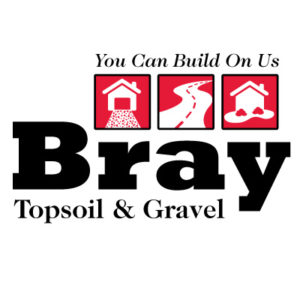
—
About Bray Topsoil & Gravel
Topsoil and gravel delivered to you by Bray Trucking, a specialized aggregate hauler servicing the Kentucky, Ohio, and Indiana region.
>>Learn More
